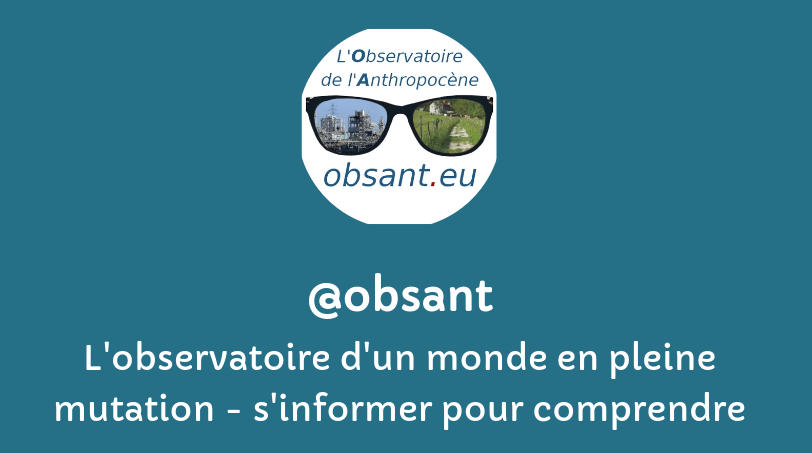Recherche : Articles ![]() Audio – podcast
Audio – podcast ![]() Fiches
Fiches ![]() Livres
Livres ![]() Sites
Sites ![]() Vidéos
Vidéos ![]() retour Veille
retour Veille
Uniquement les Articles
Pour voir les références d’un(e) auteur(e), cliquez sur son nom. Pour revenir à la page, utilisez le bouton refresh ci-dessous.
Cela fonctionne également avec les mot-clés de chaque référence.
filtre:
boundaries
There are increasing concerns that continued economic growth in high-income countries might not be environmentally sustainable, socially beneficial, or economically achievable. In this Review, we explore the rapidly advancing field of post-growth research, which has evolved in response to these concerns. The central idea of post-growth is to replace the goal of increasing GDP with the goal of improving human wellbeing within planetary boundaries. Key advances discussed in this Review include: the development of ecological macroeconomic models that test policies for managing without growth; understanding and reducing the growth dependencies that tie social welfare to increasing GDP in the current economy; and characterising the policies and provisioning systems that would allow resource use to be reduced while improving human wellbeing. Despite recent advances in post-growth research, important questions remain, such as the politics of transition, and transformations in the relationship between the Global Nort
The planetary boundaries concept presents a set of nine planetary boundaries within which humanity can continue to develop and thrive for generations to come
This planetary boundaries framework update finds that six of the nine boundaries are transgressed, suggesting that Earth is now well outside of the safe operating space for humanity. Ocean acidification is close to being breached, while aerosol loading regionally exceeds the boundary. Stratospheric ozone levels have slightly recovered. The transgression level has increased for all boundaries earlier identified as overstepped. As primary production drives Earth system biosphere functions, human appropriation of net primary production is proposed as a control variable for functional biosphere integrity. This boundary is also transgressed. Earth system modeling of different levels of the transgression of the climate and land system change boundaries illustrates that these anthropogenic impacts on Earth system must be considered in a systemic context.
For the first time, an international team of scientists is able to provide a detailed outline of planetary resilience by mapping out all nine boundary processes that define a safe operating space for humanity.
Planetary Boundaries - summary and implications for policymakers 05.12.2022 Respecting planetary boundaries is essential to preserve the stability of ecosystems and human societies, including in Switzerland. Incorporating this principle into our legal system is consistent with the pursuit of our ...
Estimates of how the different control variables for seven planetary boundaries have changed from 1950 to present. The green shaded polygon represents the safe operating space. Source: Steffen et al. 2015
We submit that the safe operating space of the planetary boundary of novel entities is exceeded since annual production and releases are increasing at a pace that outstrips the global capacity for assessment and monitoring. The novel entities boundary in the planetary boundaries framework refers to entities that are novel in a geological sense and that could have large-scale impacts that threaten the integrity of Earth system processes. We review the scientific literature relevant to quantifying the boundary for novel entities and highlight plastic pollution as a particular aspect of high concern. An impact pathway from production of novel entities to impacts on Earth system processes is presented.
The second draft of the IPCC Group III report, focused on mitigation strategies, states that we must move away from the current capitalist model to avoid surpassing planetary boundaries and climate and ecological catastrophe). It also confirms our previous reports, covered by CTXT and The Guardian, that “greenhouse gas emissions must peak in the next four years”. The new leak acknowledges that there is little or no room for further economic growth.
Even “sustainable” technologies such as electric vehicles and wind turbines face unbreachable physical limits and exact grave environmental costs
![]()



